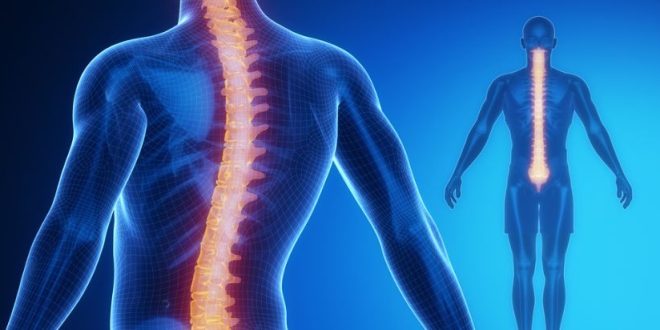A herniated disc is a debilitating condition, as evidenced by a bulge in the delicate inward segment of the intervertebral disc through its external fibrous plate, resulting in lots of distress. This annihilating condition can slow you down and affect your quality of life if left untreated. Whether you’re a recently diagnosed patient or have been battling with the impacts of a herniated disc for some time, this guide points to engaging you with the information and tools vital to managing your condition and recapturing control over your life successfully.
Understanding a Herniated Disc
Often called a cracked or slipped disc, a Herniated Disc is a distressing condition when an intervertebral disc’s delicate, gel-like center projects through a tear in the extreme external ring. This projection can apply weight on the adjacent spinal nerves, resulting in a cascade of symptoms extending from severe radiating pain to numbness or weakness in the affected region. Herniated discs commonly emerge in the lower back region, known as the lumbar spine or the neck region, called the cervical spine. While factors such as aging, damage, or intemperate strain can contribute to disc herniation, the primary cause is regularly the joint degeneration of the discs over time, a process exacerbated by the tenacious forces of gravity and everyday activities.
Symptoms and Diagnosis
The diagnosis and symptoms of a herniated disc usually vary significantly among individuals. While some people may encounter acute and draining torment, others may experience more intermittent and subtle symptoms. The typical sign of a herniated disc is the feeling of sharp, shooting pain coming from the affected area of the spine into the arms or legs relative to the position of the disc protrusion. One may experience a sensation of numbness and weakness since the displaced disc material tends to compress the nearby nerves. A typical diagnosis enlists activities like physical examinations, an evaluation of medical history, and conducting imaging tests like CT scans, X-rays, or MRI scans. Utilizing diagnostic tools pinpoints the location and showcases the severity of the herniation condition, declaring a verdict of the potential causes and the corresponding treatment plan.
Management of herniated disc
Garnering knowledge and understanding the intricacies of herniated discs is a strategic and significant decision. Partaking in the honor of understanding this condition is undoubtedly brave. Take this crucial first step into resurfacing your quality of life. The herniated disc has a range of treatment options that provide many options to meet different objectives and preferences. The relative alternatives range from conservative approaches like physical therapy and medication to minimally invasive surgical interventions.
An early diagnosis will keep you miles ahead, as well as crafting a personalized treatment plan that specifically works to suit your unique needs. Prioritize working with medical professionals and showing up daily for yourself to keep that recovery streak going. Access and leverage significant resources and surround yourself with a warm, supportive network. Embrace this chance to champion your health and initiate the path toward a life unrestrained by the challenges of a herniated disc.



